Date: August 10, 2019
Venue: Sri Aurobindo Society, Puducherry
SAFIC organised its fourth Special Lecture of the year 2019 on August 10, 2019. The special invitee for this programme was Sandeep Balakrishna, who delivered an enlightening lecture titled “Luminaries from Modern Indian Renaissance: 1857-1947”
Sandeep Balakrishna is a Bengalaru-based author, independent scholar, columnist and public intellectual. He is the author of ‘Tipu Sultan: Tyrant of Mysore” and “70 Years of Secularism”. His translation of S.L. Bhyrappa’s novel into English, with the title “Aavarana: The Veil” is currently in its 10th reprint. He is the founder and chief editor of The Dharma Dispatch.
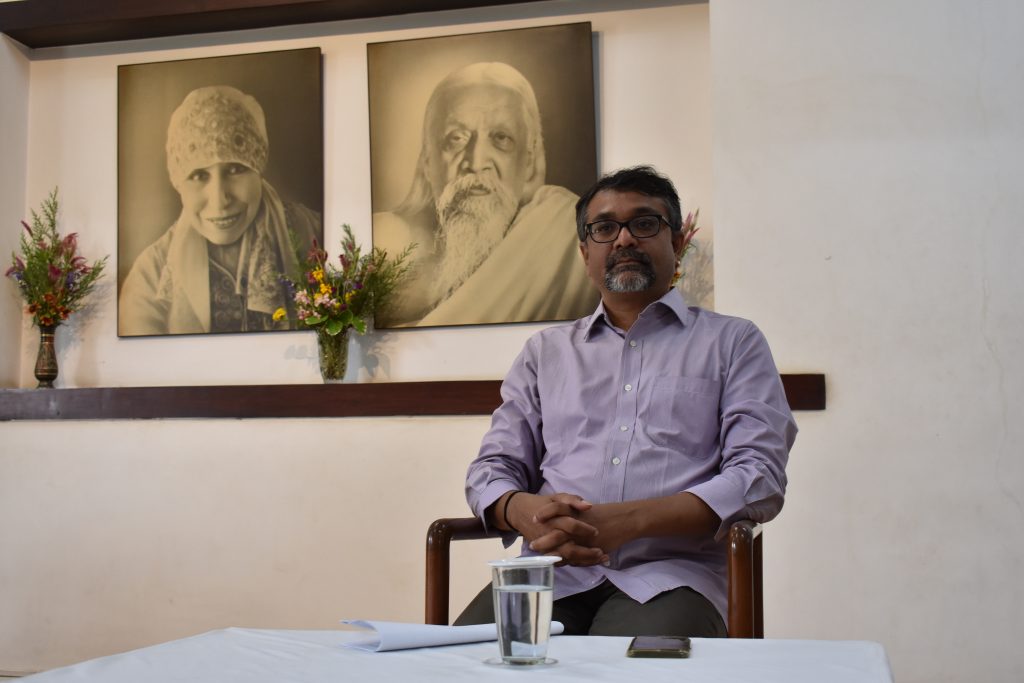
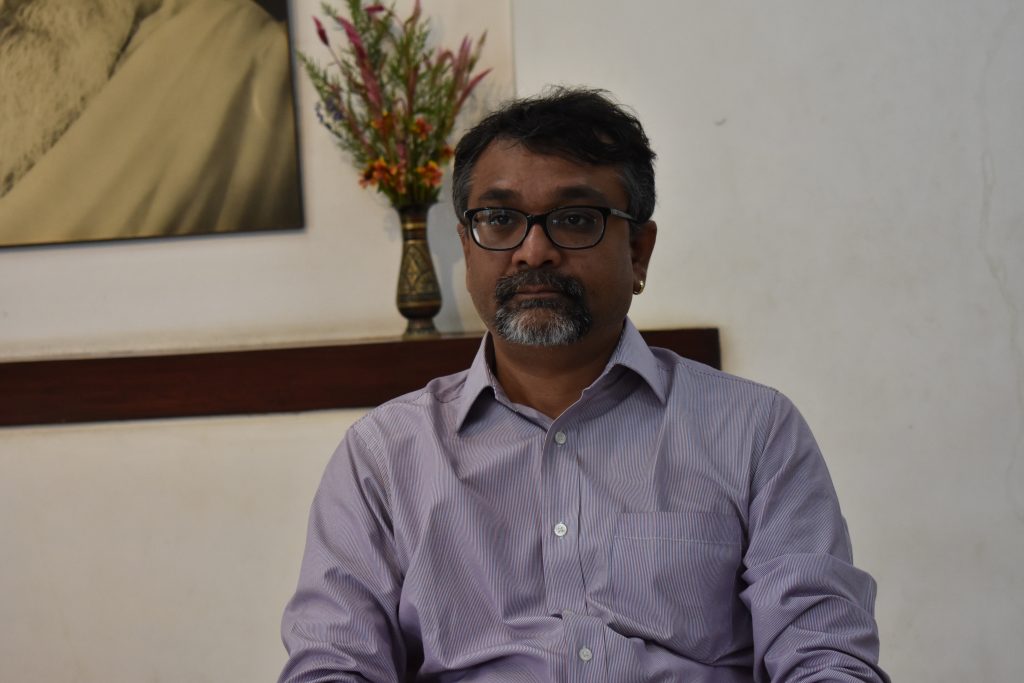
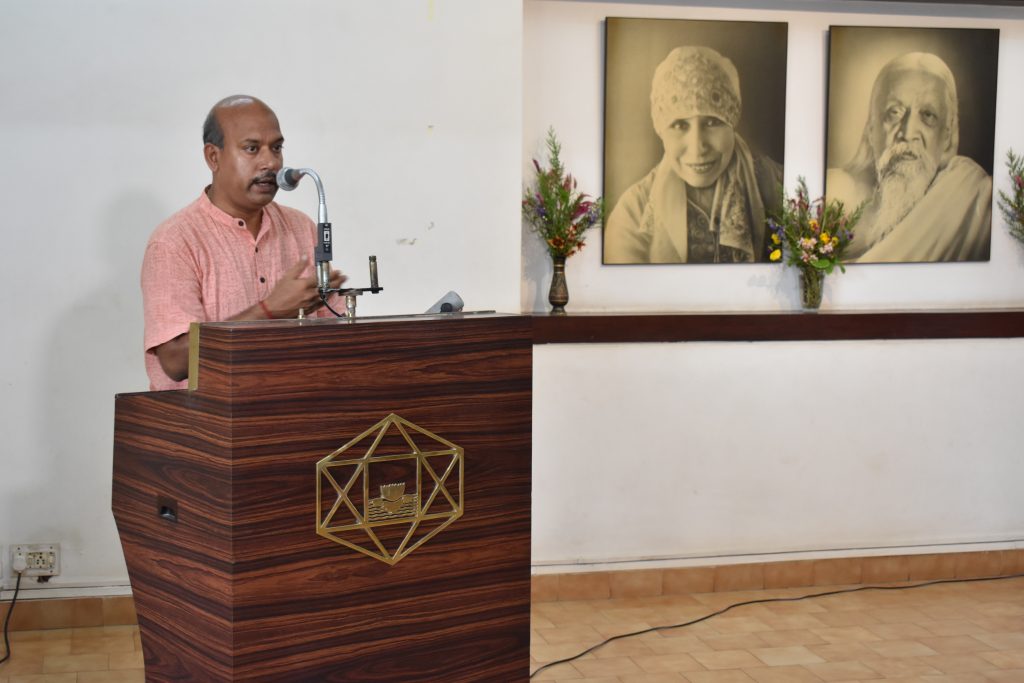
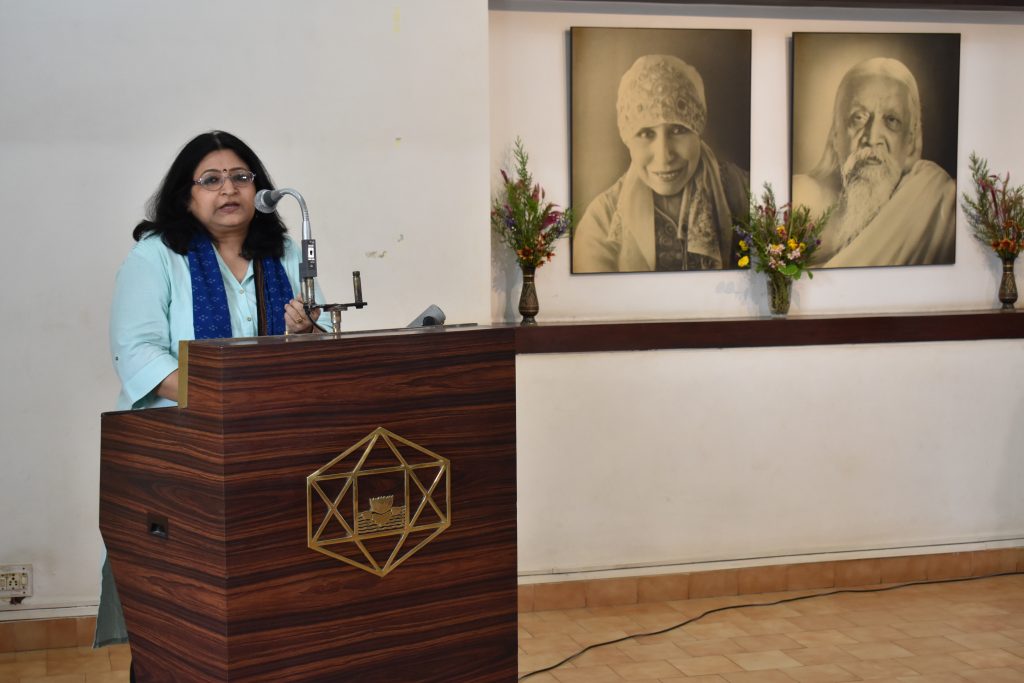
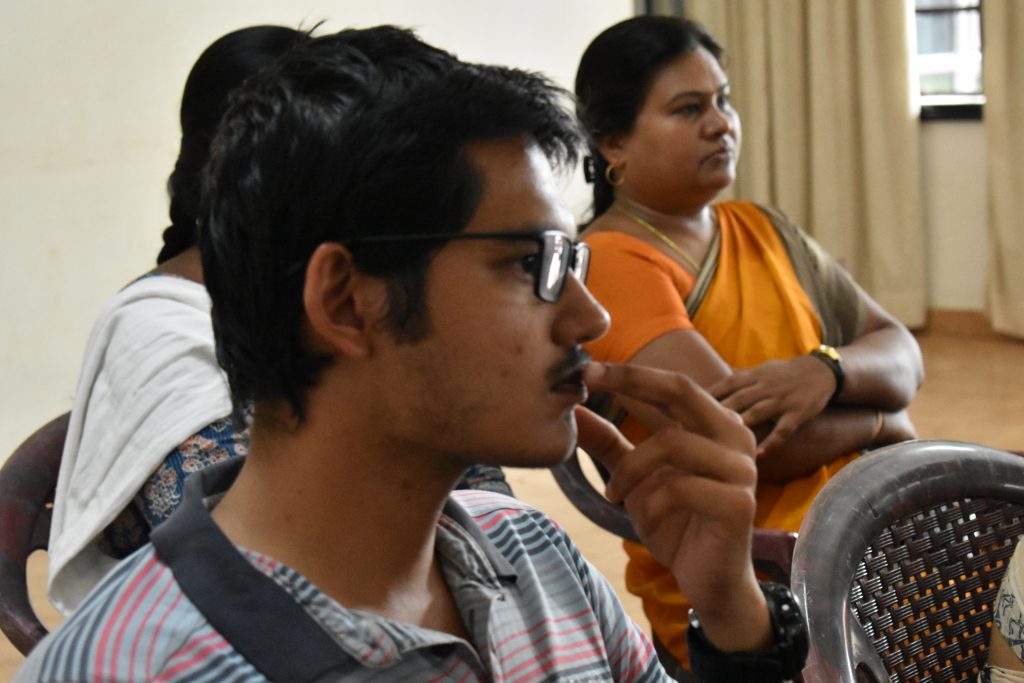
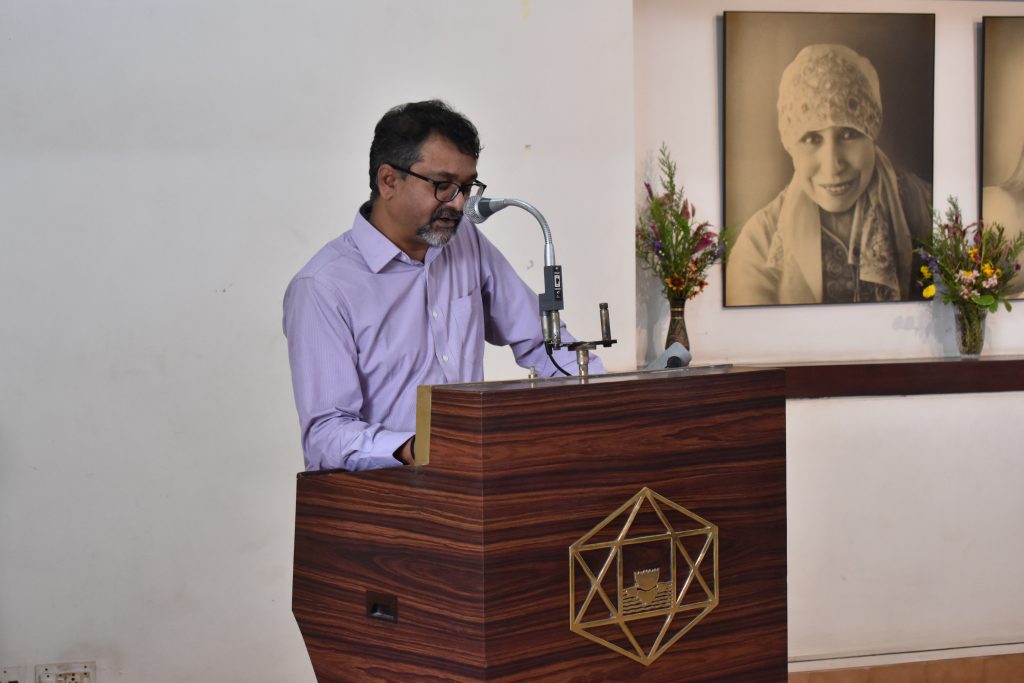
In his lecture, Sandeep highlighted the point that the period he has selected, 1857 to 1947, is significant in modern India’s intellectual history because this period witnessed an unsurpassed prolific activity in various areas of intellectual and creative pursuit. Some of modern India’s most brilliant and distinguished intellectuals – historians, scientists, art historians and critics, mathematicians, educationists, social and political thinkers, philosophers, litterateurs, legal experts, cultural commentators, etc – lived and worked during this period. True to the Indian spirit, many of these intellectuals also had wide-ranging expertise in varied and diverse areas, which resulted in their work having deep and lasting impact. This is why the period can be called as Modern Indian Renaissance.
What is most significant to note is that the deep rigour and quality of their work as well as the sheer volume of their creative output remains unmatched to this day. Sandeep also highlighted that it is very important to understand the context in which this renaissance was happening. These creative intellects were pursuing their chosen field of inquiry as a way to connect with their roots as children of Mother India. Their dedicated and one-pointed pursuit of the culturally rooted knowledge – be it in the domain of history or mathematics, religion or philosophy, art or political thought – was what distinguished from them imitative minds which were bedazzled by the western-colonial intellectual paradigms.
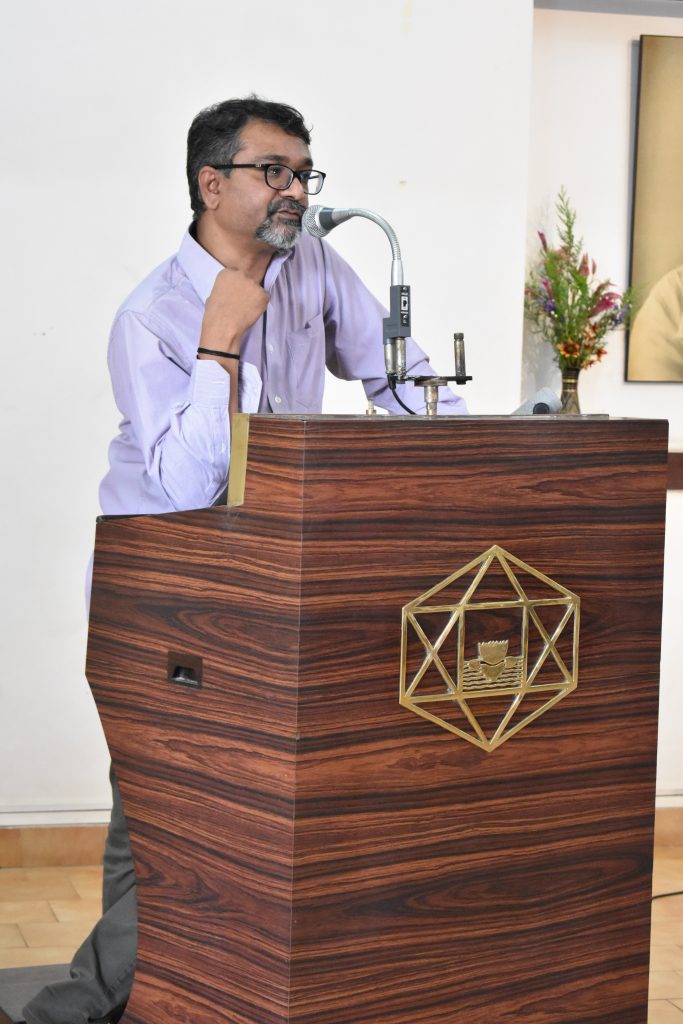
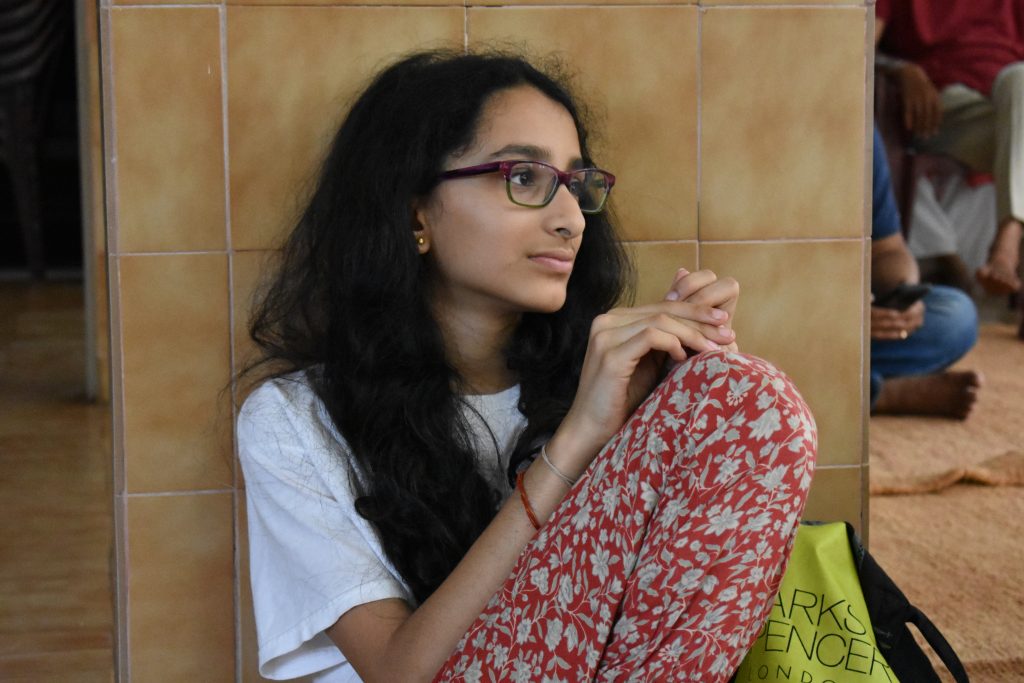
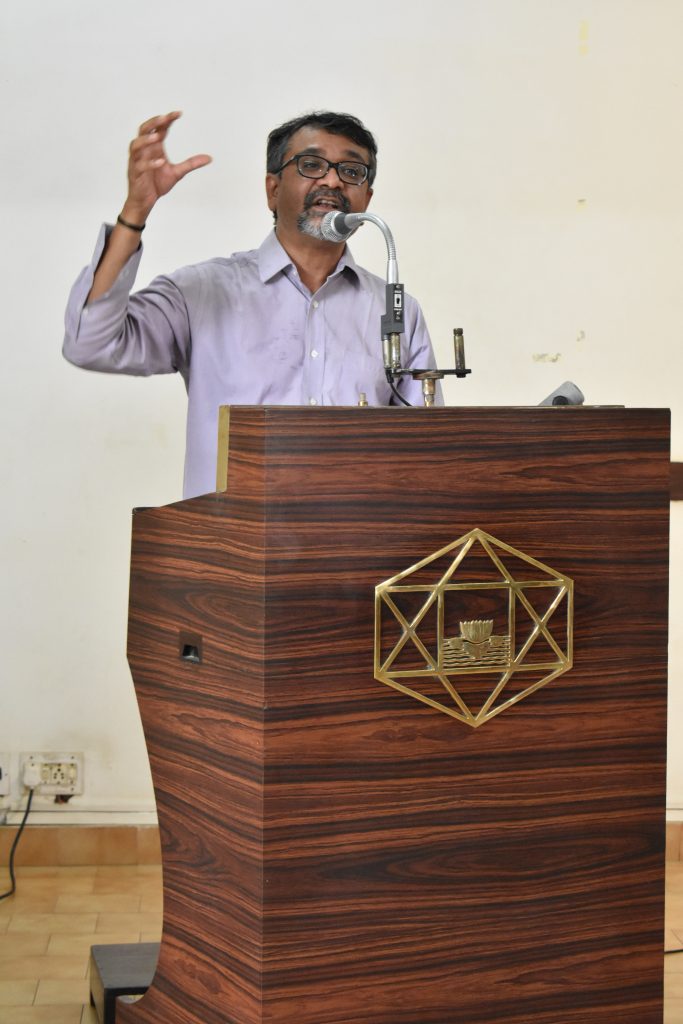
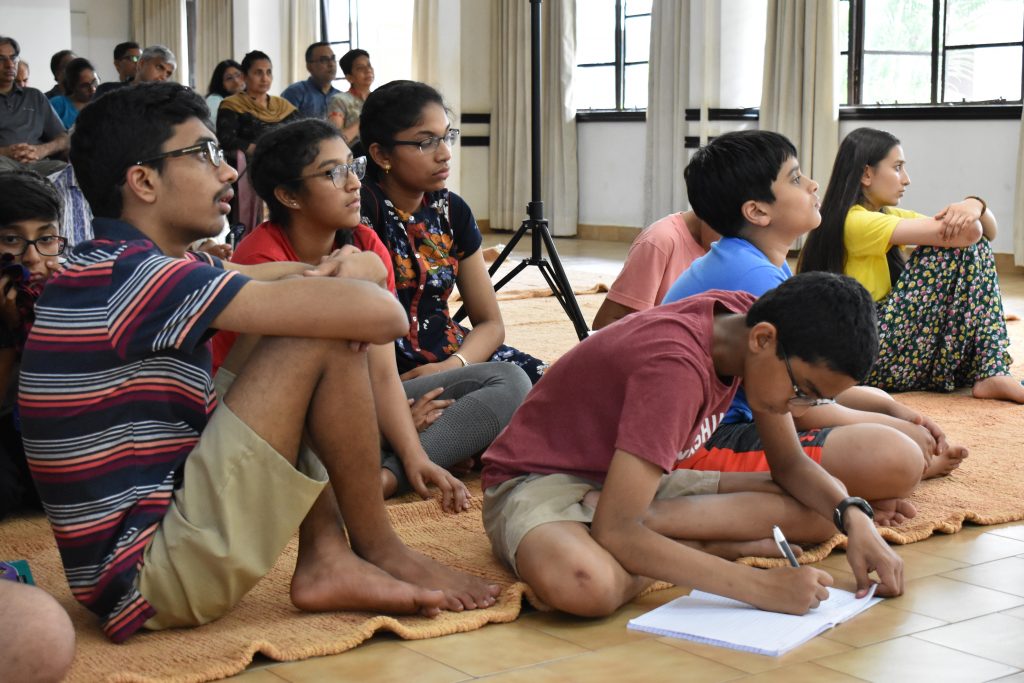
Sandeep gave a few examples of some of the luminaries from this modern Indian Renaissance. These examples included: R. C. Majumdar, Jadunath Sarkar, P.V. Kane, Ananda Coomaraswamy and D.V. Gundappa.
He briefly narrated the early life as well as academic careers of these luminaries, highlighting some of the difficult circumstances and struggles they had to endure. Audiences also got a general awareness of the intellectual journeys of these stalwarts, and what makes their works stand out in their authenticity and rigour.
While listing out some of the key works by these luminaries, Sandeep also spoke about the deep significance and relevance of the leading themes and ideas explored by them. He shared a few key quotes from some of their writings to highlight how ignoring these profound ideas has only been detrimental for a true revival of Indian cultural and civilisational spirit.
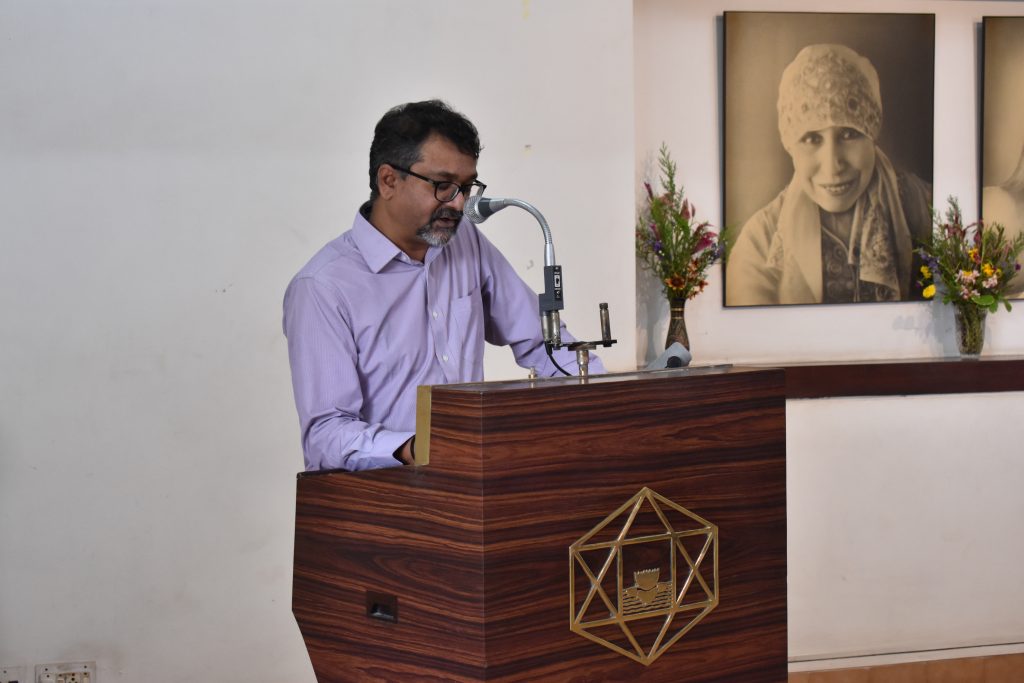
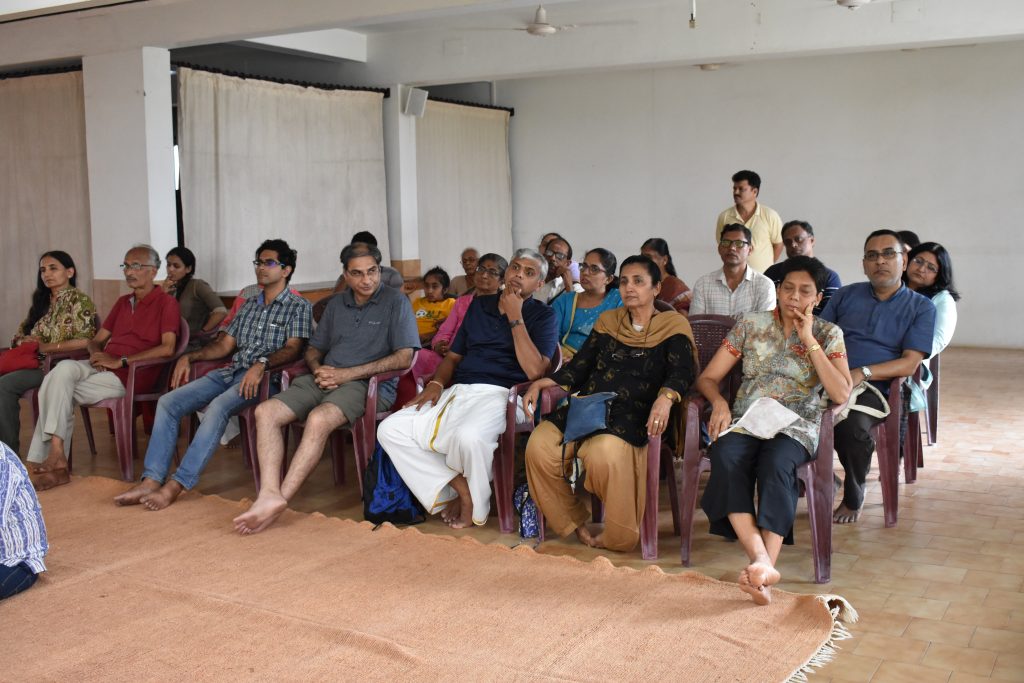
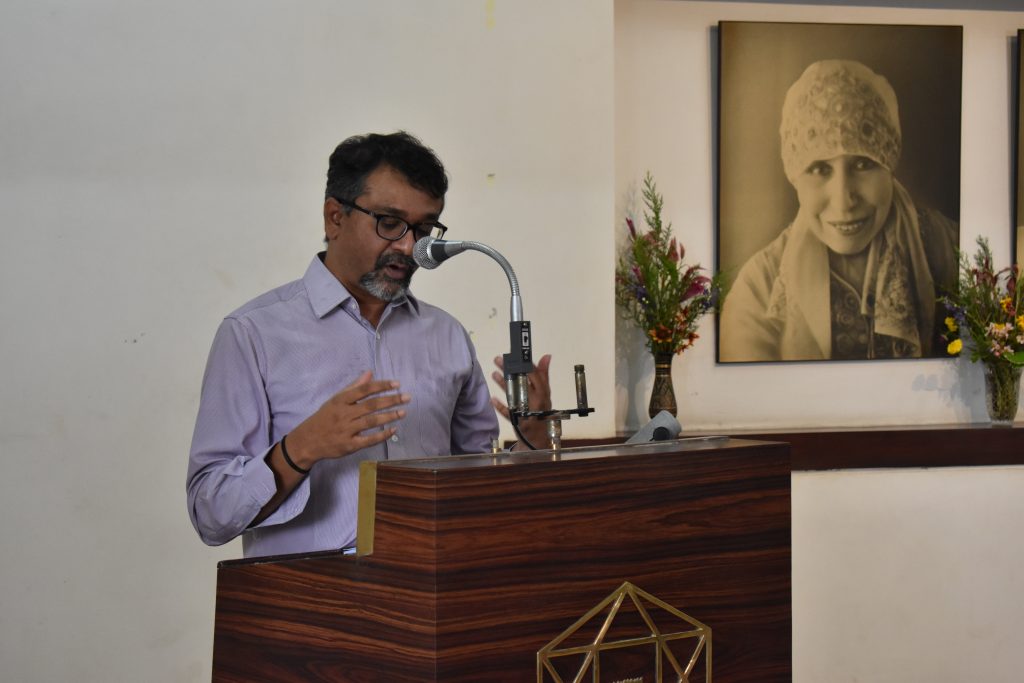
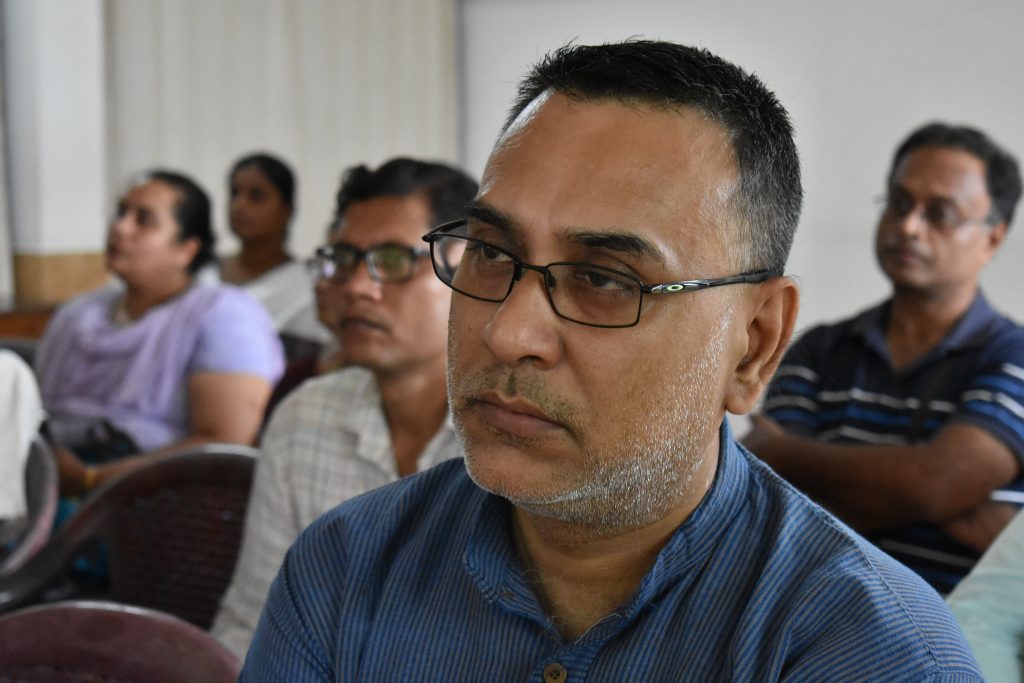
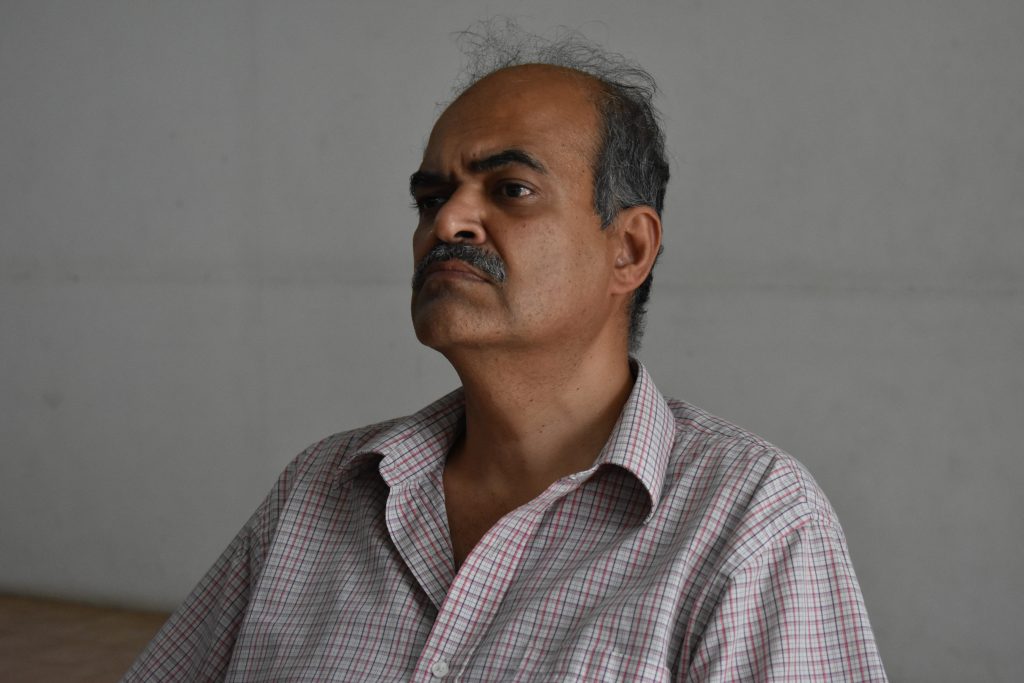
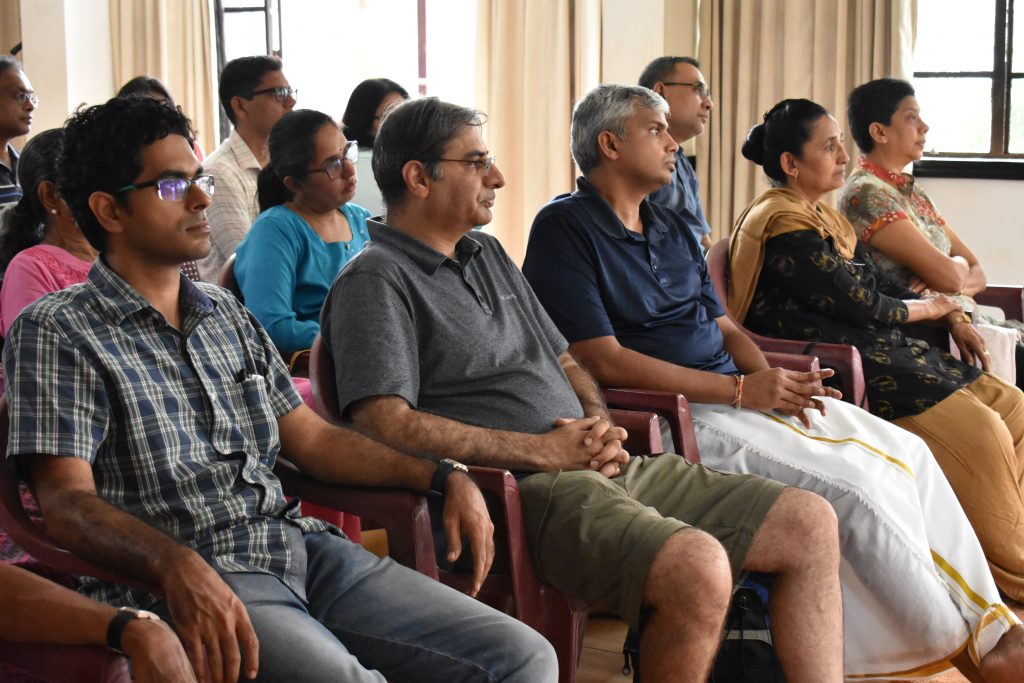
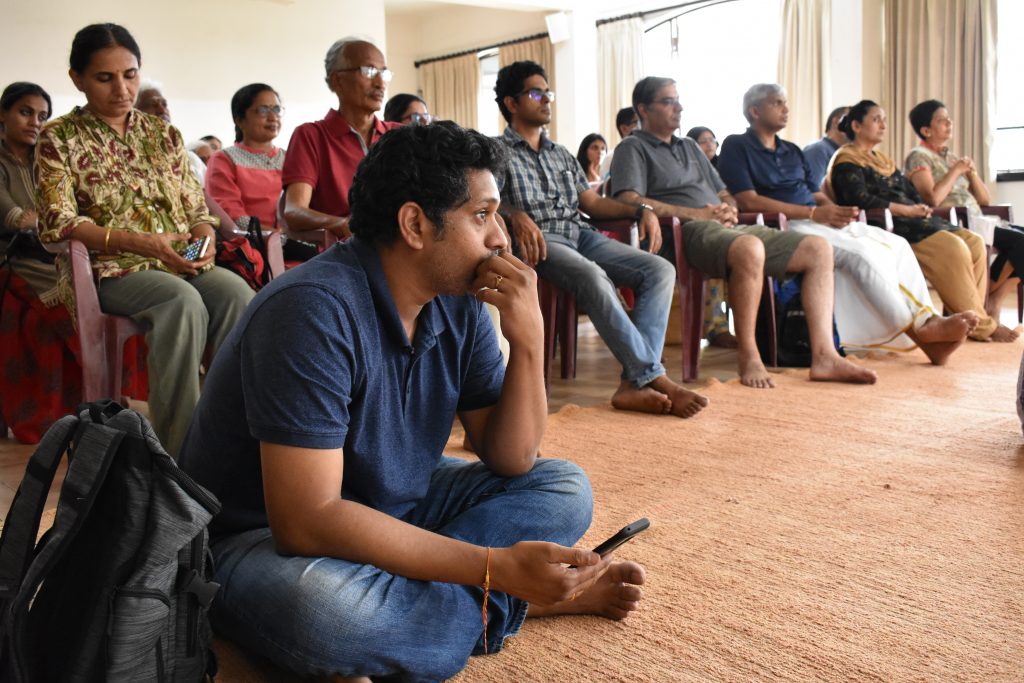
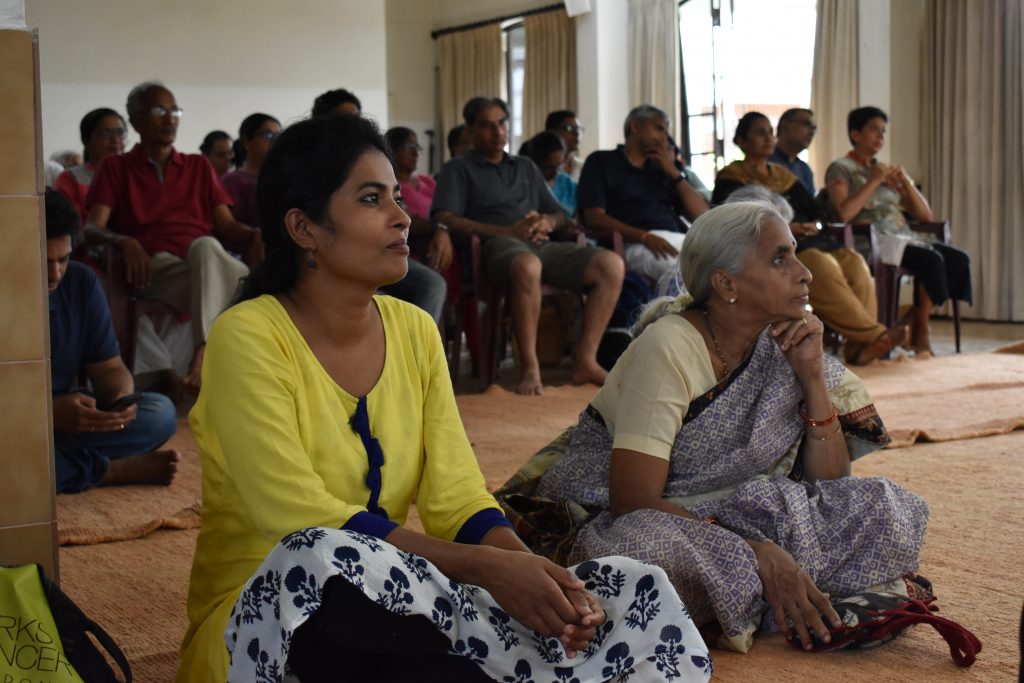
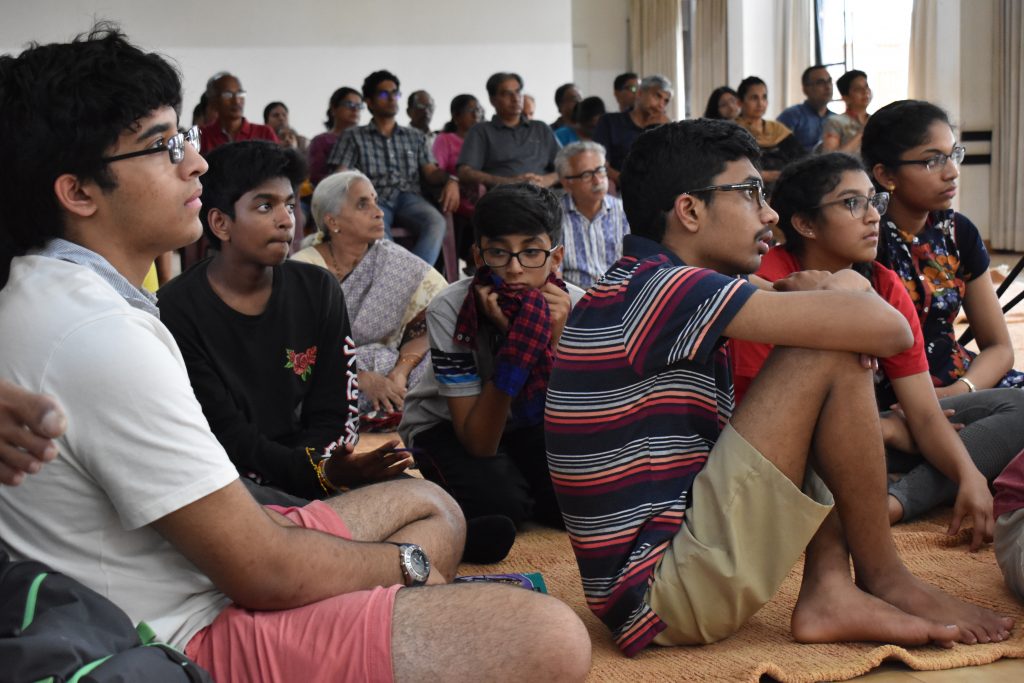
When talking about the historical works of R.C. Majumdar and Jadunath Sarkar, Sandeep highlighted the rigour of their methodologies and their steadfast commitment to pursuit of truth in an objective and scholarly manner. He also narrated how these brilliant scholars had to face the onslaught of the ideologically biased and politically motivated historians who were less interested in facts of history and more driven by self-interest in advancing their careers.
Speaking of the significant contributions of P.V. Kane as a Sanskrit scholar, Sandeep Balakrishna said that because we in India have ignored a thorough and objective study of texts such as History of Dharmaśāstra, we continue to struggle in our understanding of what kind of social and political laws would be more in line with the Indian spirit. Instead we keep looking at our problems in these spheres through a colonial lens, that too with an incomplete and partial understanding. He also highlighted the contemporary significance of the culturally rooted political wisdom left for us in the works of D.V. Gundappa. We continue to ignore such wisdom only at our peril, reminded Sandeep Balakrishna.
The fact that Indian educational policy makers – while continuing the colonial view of education for Indian masses –have, for the most part, ignored the brilliant works by such luminaries when working out the school and college curricula and textbooks, reinforces what Ananda Coomaraswamy had said more than a hundred years ago. Sandeep highlighted this point as he reminded the audience of some of the famous and deeply incisive passages by Coomaraswamy:
“A single generation of English education suffices to break the threads of tradition and to create a nondescript and superficial being deprived of all roots—a sort of intellectual pariah who does not belong to the East or the West, the past or the future. The greatest danger for India is the loss of her spiritual integrity. Of all Indian problems the educational is the most difficult and most tragic.”
[….]
“The most crushing indictment of this Education is …that it destroys …all capacity for the appreciation of Indian culture. Speak to the ordinary graduate… on the ideals of the Mahabharata–he will hasten to display his knowledge of Shakespeare; talk to him of religious philosophy–you find that he is an atheist of the crude type common in Europe a generation ago…not only has he no religion but he is as lacking in philosophy as the average Englishman…talk to him of Indian art–it is news to him that such a thing exists; ask him to translate…a letter written in his own mother tongue–he does not know it. He is indeed a stranger in his own land.”
Any educational reform that continues to ignore the deep spiritual foundation of Indian culture – as expressed in the multi-faceted creative genius of India – will only be partial. It will fail to facilitate the development of future generations of Indians in the light of the spirit of Indian-ness. This becomes a key insight from Sandeep’s well-thought out lecture.
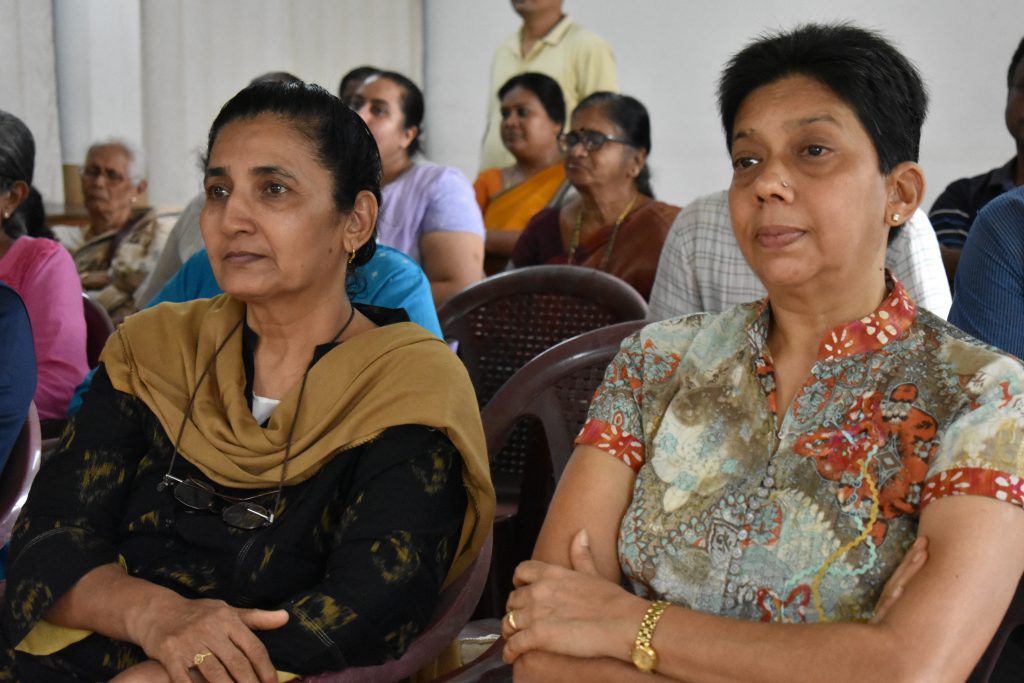
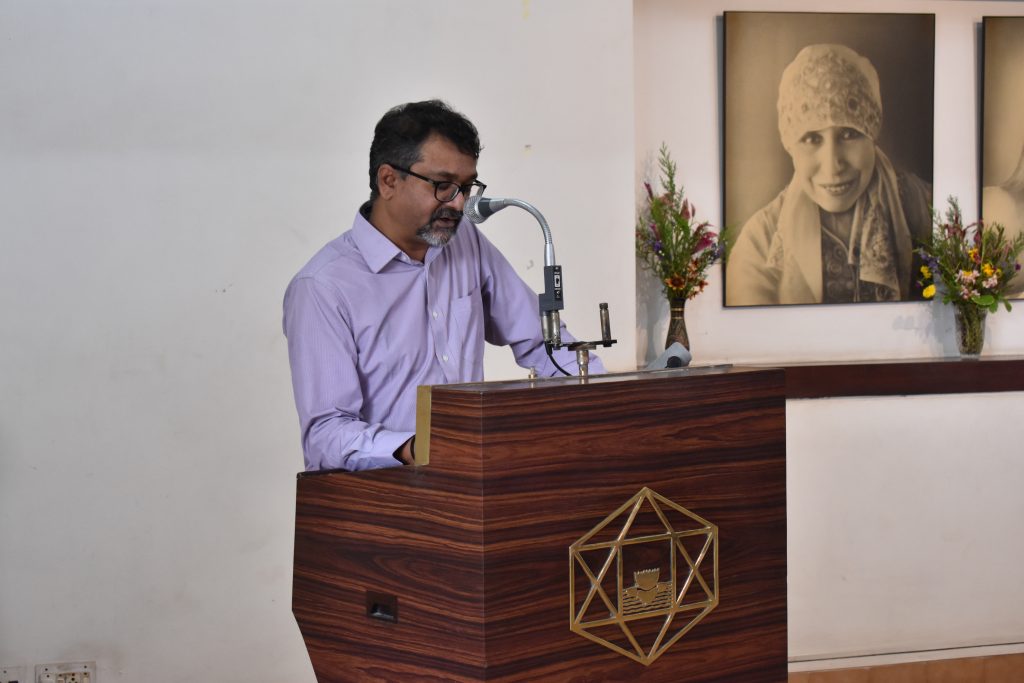
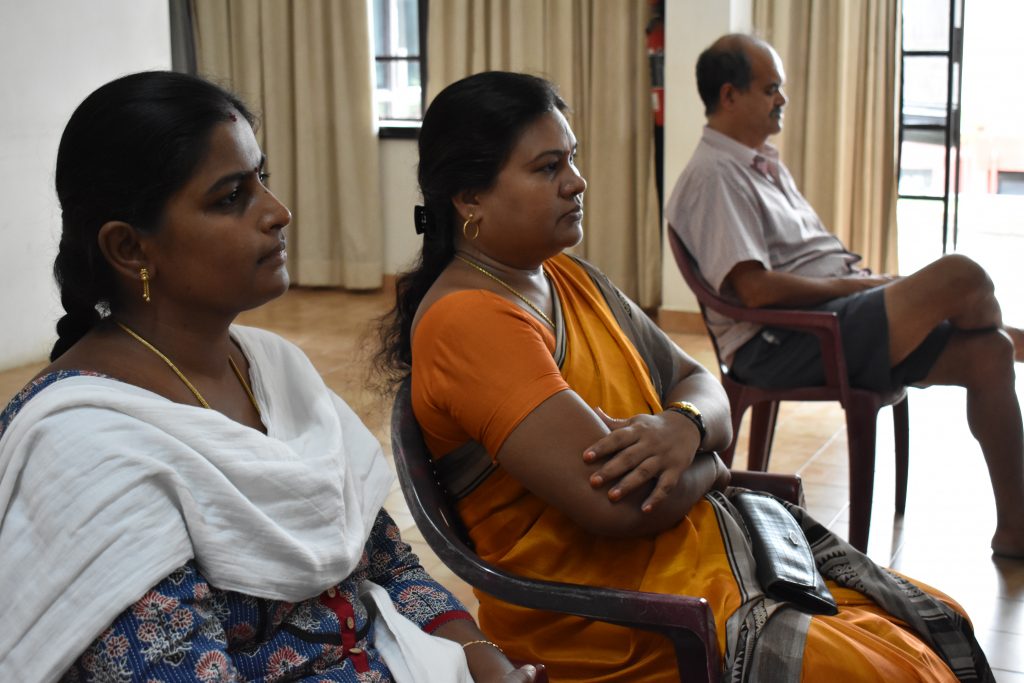
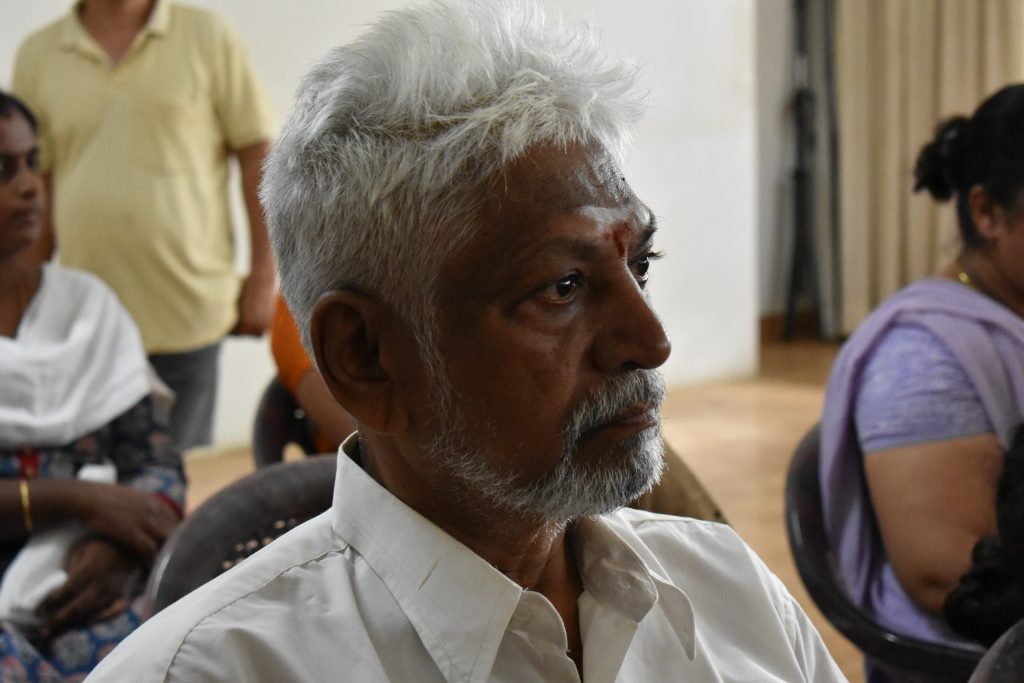
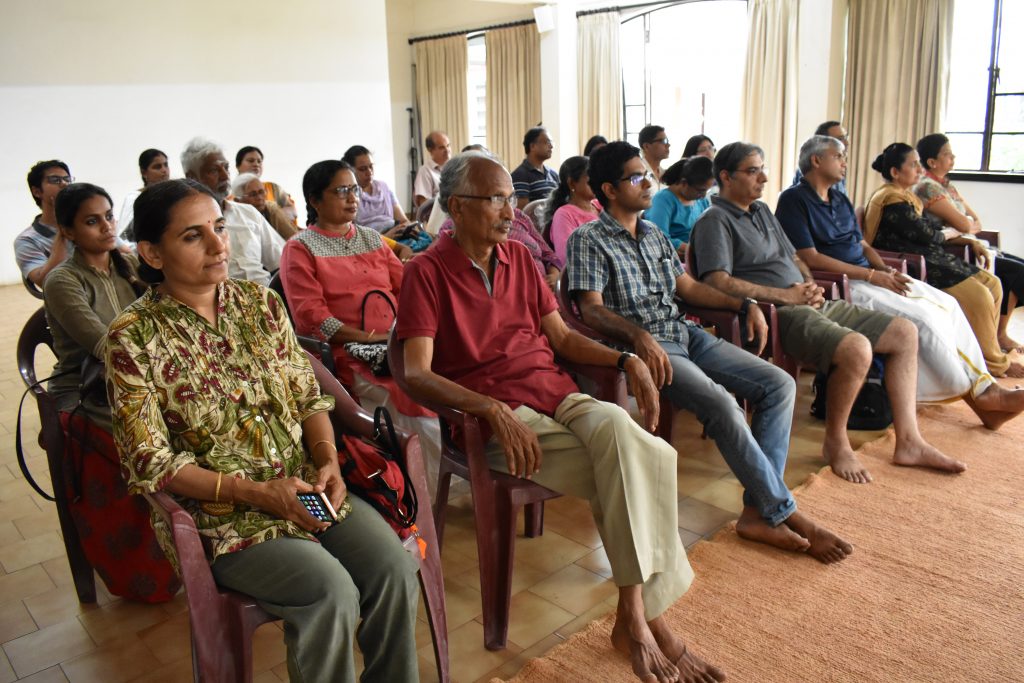
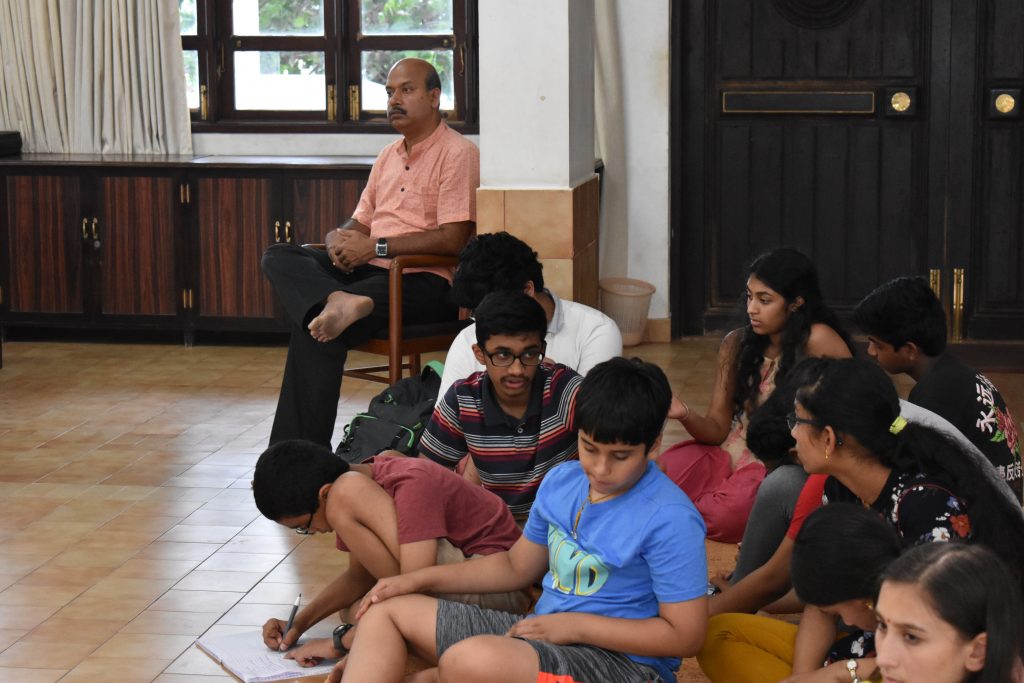
The audience, which also included a group of Indian-American children currently learning about various aspects of Indian cultural and civilisational history were intrigued by many of the details sketched out by Sandeep Balakrishna about a few luminaries of modern Indian Renaissance. There was also a brief Q&A with the audience after the lecture.
